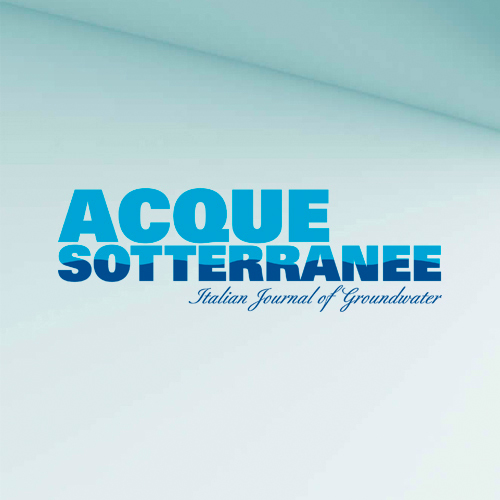Guardians of the aquifers: enhancing Rome’s groundwater monitoring network

All claims expressed in this article are solely those of the authors and do not necessarily represent those of their affiliated organizations, or those of the publisher, the editors and the reviewers. Any product that may be evaluated in this article or claim that may be made by its manufacturer is not guaranteed or endorsed by the publisher.
Authors
This paper proposes a methodology for managing groundwater monitoring directly in the field through a specific data entry system installed on mobile devices and a relational geographic database that allows the visualization and querying of data via a specific web interface. The study area is the city of Rome, where a monitoring system of approximately 150 piezometers and wells, currently manually monitored twice a year. The proposed method uses the Enterprise cloud platform (ESRI, 2024) managed by ISPRA-SNPA, which guarantees the repository of the data collected in an online cloud system and the use of Web applications. The data of the time series of levels and chemical-physical parameters such as temperature, pH, conductivity are freely accessible through attribute tables, graphs, and viewer elements. The results highlight numerous possibilities for expanding the network of active wells, enabling the use of groundwater resources for adaptation measures to address ongoing climate change.
How to Cite

This work is licensed under a Creative Commons Attribution-NonCommercial 4.0 International License.
PAGEPress has chosen to apply the Creative Commons Attribution NonCommercial 4.0 International License (CC BY-NC 4.0) to all manuscripts to be published.














